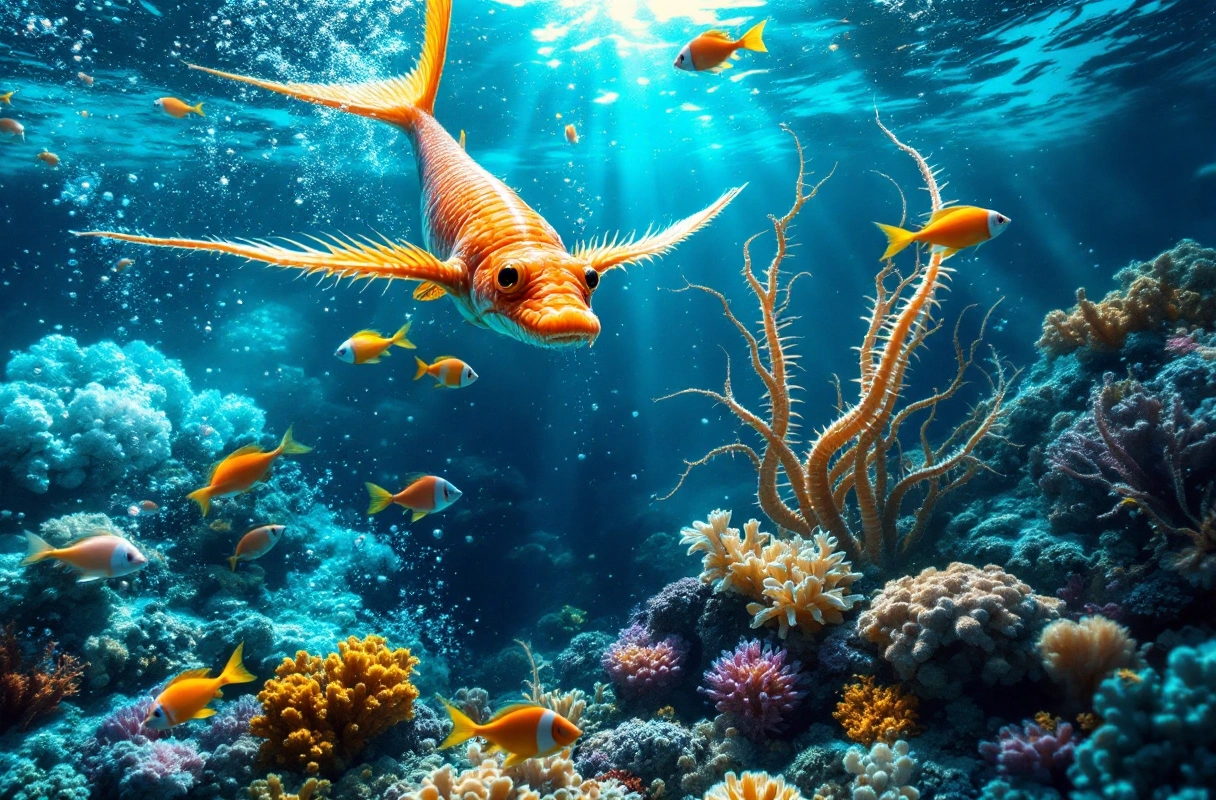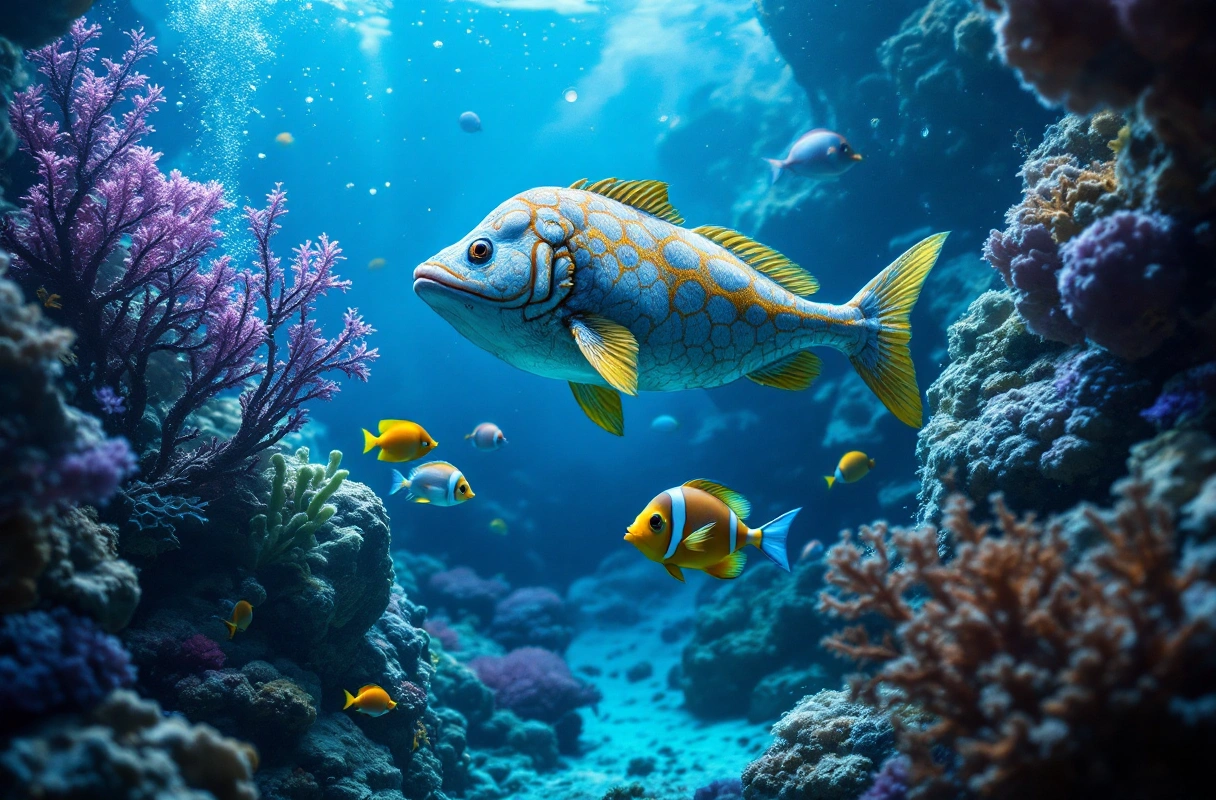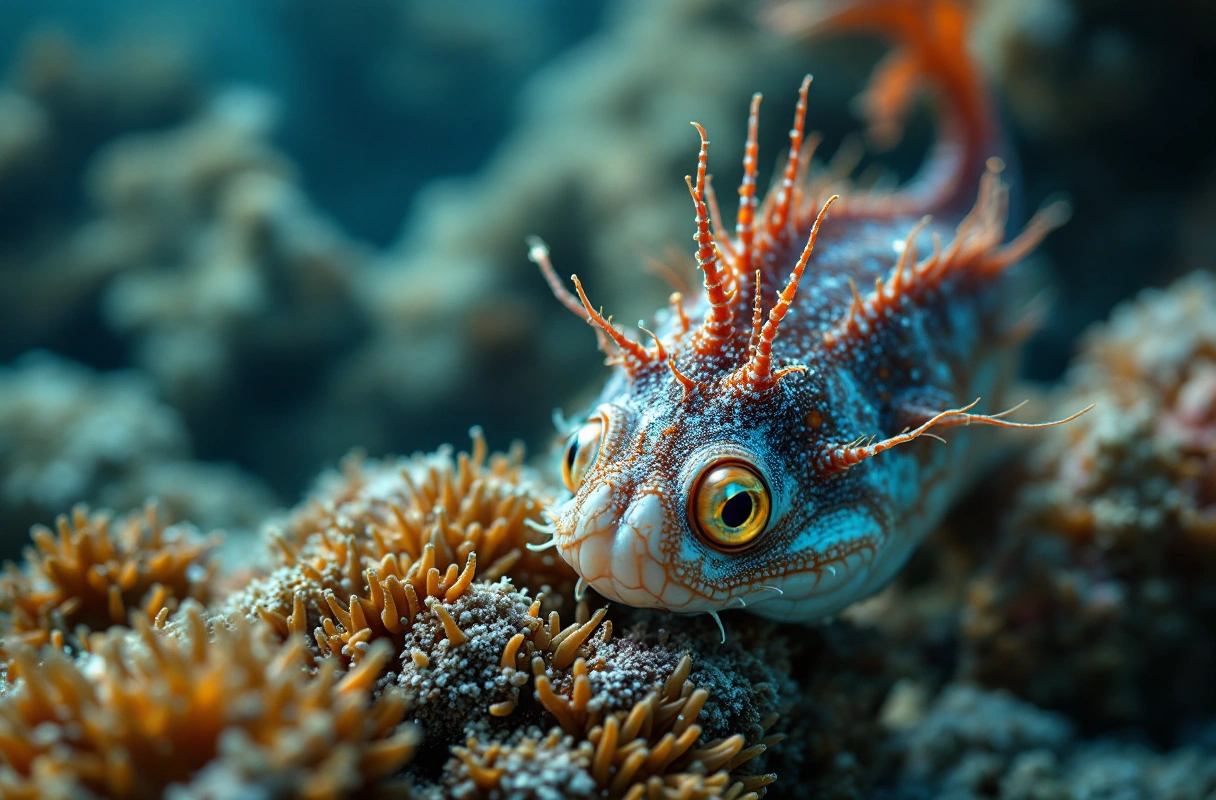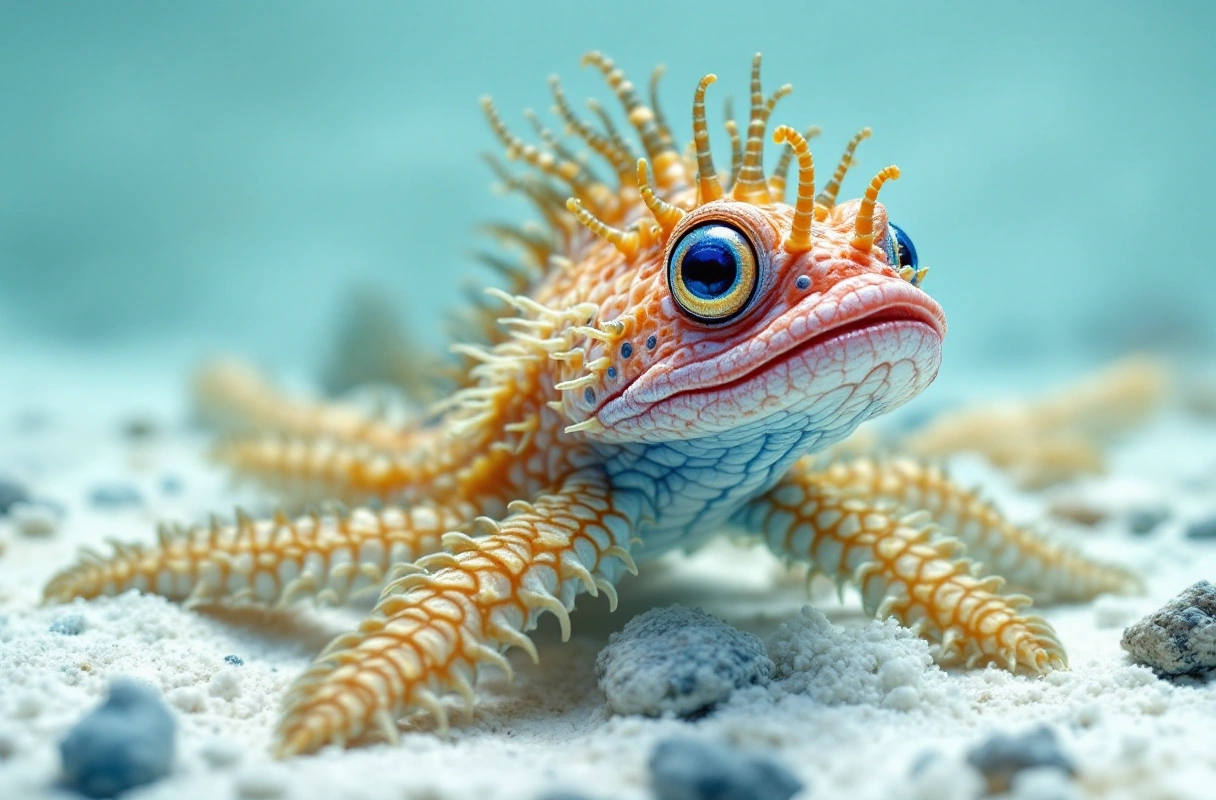
The ocean is a vast, mysterious expanse teeming with life. Among the many inhabitants of this underwater realm are unique and rare sea creatures that capture our imagination and inspire wonder. From bioluminescent jellyfish to the elusive deep-sea anglerfish, these marine marvels play crucial roles in their ecosystems, providing essential services that sustain the delicate balance of life in the ocean. This guide will explore the fascinating world of sea creatures, their significance in marine ecosystems, and how their unique adaptations enable them to thrive in extreme environments.

Sea creatures encompass a diverse array of organisms found in oceans, seas, and other saltwater environments. This category includes not only fish but also mammals, reptiles, crustaceans, mollusks, and even microscopic organisms. Each of these groups contributes uniquely to marine ecosystems, showcasing the incredible biodiversity of our planet's waters.
Marine biodiversity is critical to the health of our planet. Diverse sea creatures contribute to various ecological functions, such as nutrient cycling, habitat formation, and food web dynamics. The loss of any species can disrupt these processes, leading to cascading effects that can alter entire ecosystems. Protecting and studying unique and rare sea creatures is essential for maintaining the health of our oceans and the services they provide.

Sea creatures fulfill various roles in marine ecosystems, each contributing to the overall balance and health of the ocean. Some of the most critical functions include:
The intricate relationships among sea creatures highlight their interdependence within marine ecosystems. For example, the relationship between clownfish and sea anemones exemplifies this connection. Clownfish receive protection from predators by living among the anemones' stinging tentacles, while the anemones benefit from the clownfish's waste, which provides nutrients. Such symbiotic relationships are prevalent throughout the ocean and underscore the necessity of preserving marine biodiversity.

Bioluminescence is one of the most captivating adaptations seen in sea creatures. Organisms like the anglerfish and certain jellyfish emit light through chemical reactions, serving various purposes such as attracting prey, deterring predators, or facilitating communication.
The deep sea is home to some of the most unique and rare sea creatures on the planet. Living in extreme conditions, these organisms have evolved remarkable adaptations to survive.
Marine mammals, such as the vaquita porpoise and the northern white whale, are among the rarest sea creatures on Earth. Their populations have dwindled due to habitat loss, pollution, and fishing practices.
Many cultures have myths surrounding sea monsters, often depicting giant creatures lurking in the depths. While there are indeed large sea creatures, such as the blue whale or giant squid, the notion of monstrous sea beasts is largely exaggerated and rooted in folklore rather than scientific fact.
Jellyfish are often perceived as simple organisms, but they are far more complex. They have been around for over 500 million years, demonstrating remarkable resilience and adaptability. Additionally, some species possess potent venom that can be dangerous to humans, highlighting the importance of respecting these creatures and their habitats.
Protecting unique and rare sea creatures requires collective action. Here are some ways individuals can help:
Numerous organizations focus on marine conservation and research. Engaging with these organizations can amplify your impact. Some reputable groups include:
As we've explored the world of unique and rare sea creatures, it becomes evident how vital these organisms are to our planet's health and biodiversity. The Banana Slug Club is dedicated to fostering a love for nature, science, and exploration among young enthusiasts, students, and nature lovers. By learning about sea creatures and their roles in underwater ecosystems, we can inspire the next generation to appreciate and protect our oceans.
The Banana Slug Club provides resources, educational materials, and engaging activities designed to spark curiosity about the natural world. We encourage families, students, and educators to visit our website or contact us for more information on how to get involved in marine conservation efforts. Together, we can make a difference in protecting the unique and rare sea creatures that inhabit our oceans.
If you're passionate about nature and want to learn more about the fascinating world of sea creatures, consider exploring the resources available through the Banana Slug Club. Whether you're a student eager to learn or a nature enthusiast looking to engage, our community welcomes you. Together, we can celebrate the wonders of the ocean and contribute to its preservation for future generations.
Get free resources, early access to new features and updates.
No spam. Just fun educational emails!